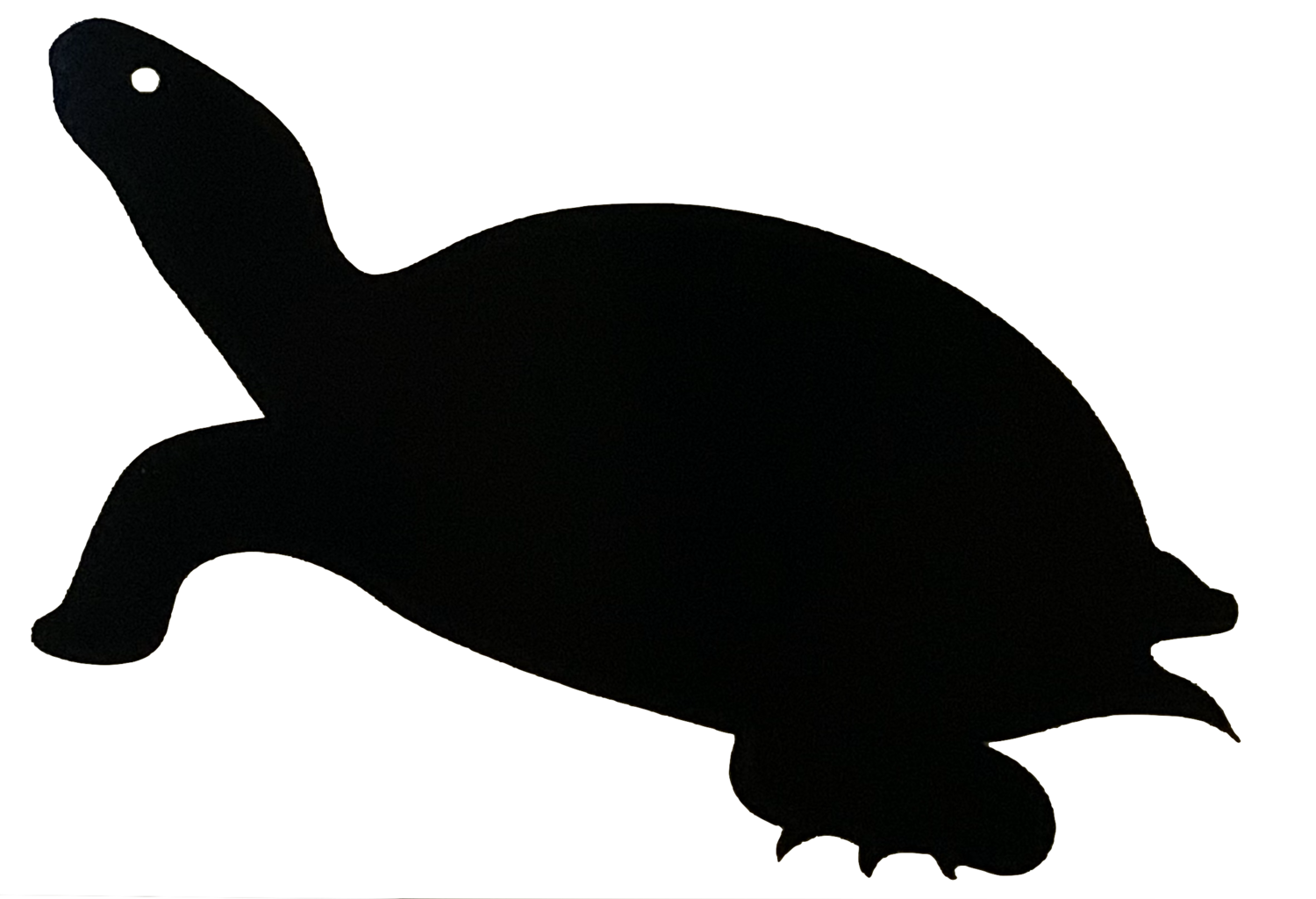Road Mitigation - Protecting turtles from cars
You may have seen or heard of turtle fencing that is placed along road ways. These fences are used to help keep turtles and other animals off the road so they are not injured by vehicles. Mitigation is particularly important for protecting turtle populations as it can help reduce adult turtle mortality. Adult turtles are a key factor to ensuring the survivability of turtle species in Ontario as it can take several decades to replace just one dead reproducing adult turtle.
What is involved in road mitigation? Well, there are three main aspects:
Crossing structures - provide turtles with a pathway to follow in order to access the other side of the roadway
Exclusion fencing / walls - redirect turtles away from roadways and other dangerous areas
Alternative nesting sites - provide access to appropriate nesting areas when access to existing areas are reduced or eliminated by the fencing
At Turtles Kingston, our past Director Mabyn Armstrong successfully convinced the City of Kingston to install turtle exclusion fencing along Princess St / Hwy 2 at the Westbrook Wetland. This fencing was officially installed in 2022!
With extensive wetland habitat in and around Kingston, the Westbrook Wetland is not the only location that needs mitigation. As such, Turtles Kingston continues to collect data about turtles on roads in order to target the next turtle mortality hotspot to be mitigated. You can contribute to our efforts by submitting your turtle observations here: https://www.turtleskingston.com/submit-observations.
From a 2014 report, four turtle mortality hotspots had been identified within the City of Kingston. As of 2022, two of these locations have been mitigated. The remaining two locations, as well as many others, continue to contribute to turtle injures and death.
To understand more about road mitigation and how it can help turtle populations please read on!
However, as most roads do not have mitigation measures to keep turtles off them, it is also important to know what to do if you find a turtle on a road! Check out or turtle trauma response program to learn more about this.
Crossing Structures
Crossing structures provide turtles with a pathway to follow in order to access the other side of the roadway. Crossing structures could be as simple as existing culverts that have been retrofitted to ensure they are not overgrown with vegetation, are easy to access, and are the appropriate size.
For turtles, crossing structures should be at least 1 m or more in diameter (wider for longer tunnels) and spaced approximately every 100-200 m. When constructing new crossing structures, considerations for light can be made. Turtles are exotherms and may not like going into cold, dark crossing structures. Thus, open tops with grates or small holes can be used to increase light and warmth in these structures, encouraging more turtle use.
Exclusion Fencing- 5 Considerations
Exclusion fencing redirects turtles away from roadways and other dangerous areas by providing a physical barrier to entry. Exclusion fencing can be made from several different things including, concrete walls, traditional mesh fences (chain link or hardware cloth), customized plastic sheeting, and even DIY options. Regardless of what material you use, there are some key things that must be considered when designing the fencing.
First: Turtles can climb! It may seem impossible, but these reptiles are stubborn and creative. Standard wire fences they can climb as the holes within the fence allow them to easily place their feet/claws. Thus, every turtle exclusion fence must have a top lip that hangs over and prevents the turtle from climbing to the other side. Fences must also be a minimum of 60 cm high.
Second: Turtles can dig. So all fences must be buried when installed.
Third: There must be a plan for how to end the exclusion fencing. This could including curving the fence away from the road (at least 6 m out then back), extending the fencing at least 100 m past the end of the turtle habitat, or tying the fence into existing structures that would block a turtles path.
Fourth: Consideration for other animals must be made even if the exclusion fencing is only for turtles. This is important as some types of fences may endanger other animals by providing an entanglement risk (think snakes and chain link fences).
Fifth: A plan for maintenance must be considered. Exclusion fencing can last years and year; however, weather, erosion, accidents, and other things can cause gaps or degradation to occur within the fencing. As we mentioned, turtles are stubborn and creative so they will find any gaps, making the exclusion fence obsolete.
Alternative Nesting Sites
Turtles are draw to road sides for nesting sites as they are made of ideal materials (gravel and sand) in direct sunlight. Thus, when exclusion fencing is installed, often access to existing nesting sites are reduced or even eliminated in that area. As a result, alternative nesting sites are provided to give turtles access to appropriate nesting materials close to where they usually nest.
The location of alternative nesting sites must be within their habitat, above the high-water line, visible from the water (within 50 m of the shore), where it will receive direct sunlight through most of the day, and close to the existing sites (ideally between where the turtles nested and the water where they will come from).
Alternative nesting sites are composed of sand and gravel, the ideal materials for nesting turtles. This sand and gravel pile should be compacted and maintained throughout the year to ensure vegetation growth doesn’t get too dense. Overall they can be an effective conservation tool to support turtle populations in Ontario and other regions. However, it is important to carefully evaluate the potential benefits and risks of any projects to ensure it is a suitable solution for the specific turtle species and local environment.
